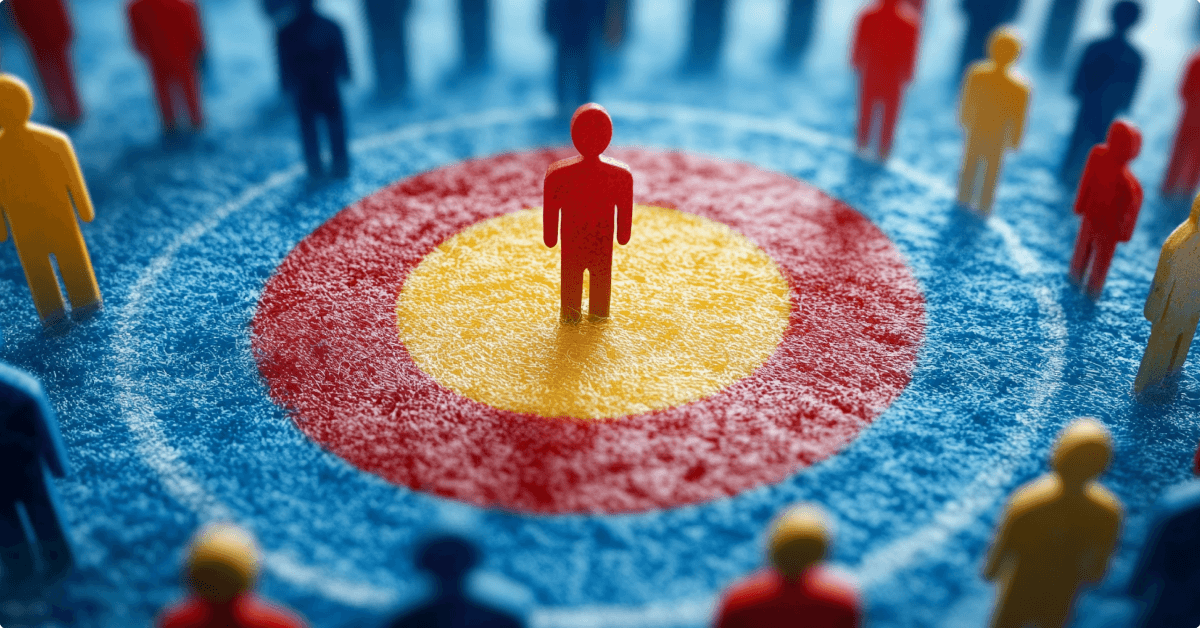Learn how to create an effective customer retention strategy to drive long-term success in the SaaS industry.
Recognizing the importance of customer retention
A good customer retention strategy is crucial for every SaaS (Software as a Service) firm aiming for long-term success. Keeping customers minimizes the expense of acquiring new ones and ensures that revenue remains steady.
Forbes says it can cost five to seven times to get new customers as much as keeping an old one. This is an important aspect for any business that aims to grow sustainably. Because of this, SaaS companies that focus on retaining customers rather than acquiring new ones usually leads to higher customer lifetime value and more consistent engagement.
In the next sections, we'll explore several strategies for retaining customers.
Adding loyalty programs to your growth strategy
After a customer makes their first purchase, loyalty programs are a great way to keep them interested. Companies give customers a constant incentive to come back by rewarding actions like purchases, recommendations, or app interactions.
Over time, these rewards build trust and gratitude by strengthening the emotional bond between the company and its customers. People are more inclined to stay with a firm if they consistently receive something of value from it, rather than switching to a competitor.
When you use data analytics with loyalty programs, they become more effective. Rewards that are customized to each customer's preferences can make interactions feel more relevant, which increases customer satisfaction and helps retain customers over time.
Building lasting relationships through personalization
Personalization makes every interaction feel more special and helpful, which builds stronger connections with customers. Making sure your customers get what they want builds trust and makes their relationship with the brand stronger.
This could be done through personalized texts, well-chosen product suggestions, or usage-based app content. For example, an e-commerce business may recommend things based on a recent purchase to make the transaction feel seamless and beneficial.
These efforts are based on data. NeoDay also uses AI to make conversations more personal based on how customers interact with the site. This makes sure that messages and rewards really mean something. This kind of connection makes people happy, makes them more likely to interact with you again, and helps you keep them as customers for a long time.
How gamification increases customer engagement and loyalty
Gamification enhances ordinary interactions by incorporating game-like elements, such as points, challenges, and rewards. This method encourages customers to engage more with the brand.
When people use these engaging features, they feel closer to the brand, which makes them more loyal to it.
A 2025 study in the Journal of Applied Research and Technology found that gamification significantly enhances customer engagement, which in turn has a positive impact on brand loyalty and purchasing intent.
By adding gamification to their strategies, businesses can build more meaningful and lasting relationships with their customers.
Tracking key metrics to improve customer relationships
To get a better understanding and improve customer interactions, you need to monitor key metrics such as customer lifetime value (CLV) and churn rate.
Churn rate is the percentage of customers who stop using your product or service after a specific period of time. It is calculated below as:
(Customers Lost / Total Customers at Beginning) * 100
Let's say you started the month with 1,000 customers and then lost 50. That's a 5% churn rate. If you set a benchmark and check churn often, you can find problems early and fix them right away.
Customer Lifetime Value (CLV) is the total amount of revenue you can expect from a single customer over the course of your relationship. Below is the formula:
CLV = Customer Value x Average Customer Lifespan
For example, if a customer spends $50 every transaction, buys five times a year, and stays for three years, their CLV is $750. Tracking the CLV helps you understand the importance of your customer relationships and guides your decisions on finding and retaining customers.
When you add these metrics together, you'll see how much your efforts are working, allowing you to adjust, and keep enhancing your customer retention strategy.
Conclusion
There is no single technique to retain customers, you have to work at it over time based on worth, usefulness, and trust. Particularly, SaaS companies can make experiences that make customers return more by combining gamification, personalization, reward programs, and performance reviews, which will definitely help your business grow over time and make people satisfied.
You May Also Like
These Related Stories

What is customer retention, and why is it important?
Discover what customer retention is, why it's important for developing your business, and some useful ways to keep your customers coming back.

NeoDay Recognized in Everest Group’s Loyalty Platform PEAK Matrix® Assessment 2025
We’re proud to share that NeoDay has been recognized in the Loyalty Platform PEAK Matrix® Assessment 2025 by Everest Group, part of its Marketing and …

Customer focus: the secret ingredient for success
In today’s hyper-competitive business landscape, customer experience often sets top-performing companies apart. Truly customer-focused organizations a …
